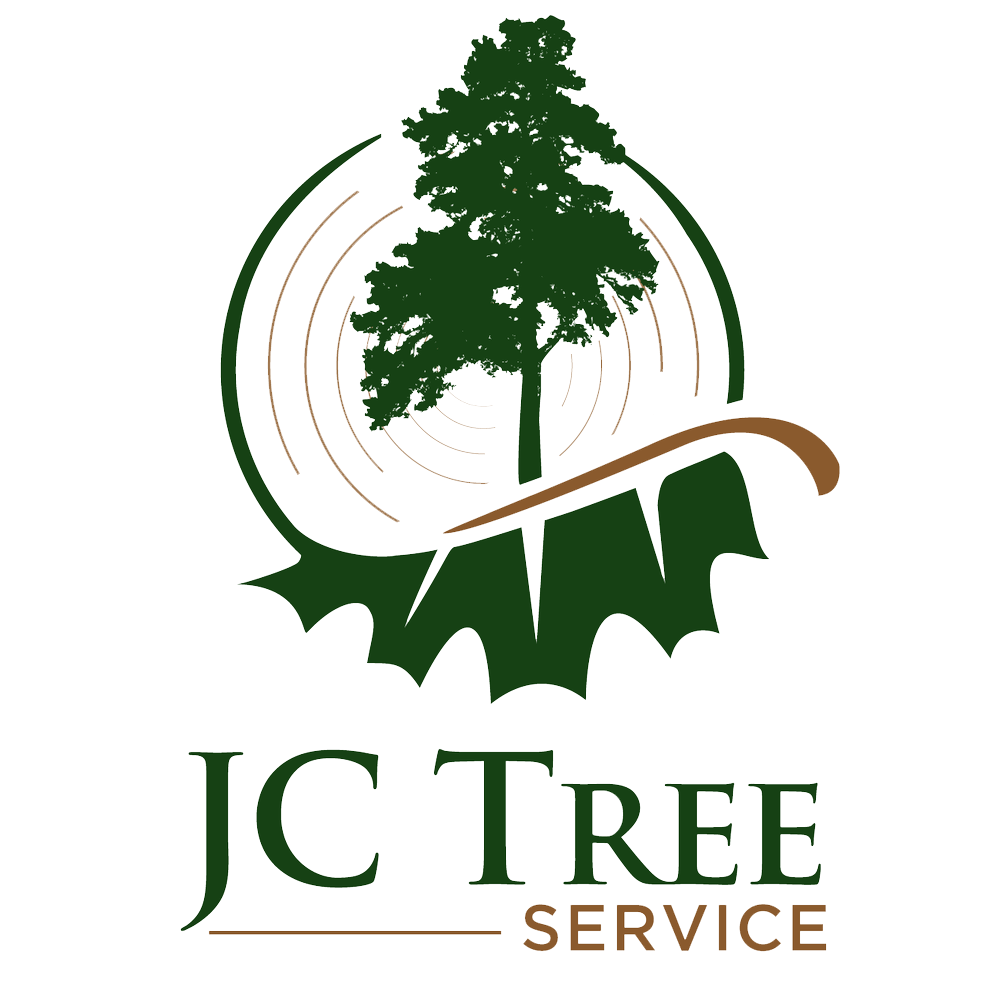Did you know that healthy soil contains more living organisms in a single teaspoon than there are people on Earth? Understanding the crucial link between tree health and soil nutrition is essential for maintaining thriving ecosystems. By delving into the intricate relationship between trees and the nutrients they derive from the soil, we uncover the key factors that contribute to their well-being. Join us as we explore the fascinating world beneath our feet, where roots intertwine with soil to support the majestic life above ground. Learn how soil nutrition impacts tree vitality and discover practical tips to enhance both soil health and tree growth.
Understanding Tree Nutrition
A. Essential Nutrients
Trees require key nutrients such as nitrogen, phosphorus, and potassium for growth. Nitrogen aids in healthy foliage, phosphorus supports root development, and potassium boosts overall vitality. A balanced nutrient supply is crucial to prevent deficiencies and enhance tree resilience.
B. Soil Quality Impact
Soil quality directly impacts tree health and nutrient availability. The soil structure affects tree growth by influencing drainage and aeration levels. l contaminants can harm trees, emphasizing the need for remediation efforts.
C. Tree-Specific Needs
Different tree species have unique nutritional requirements. Care practices should be tailored to specific growth habits, environmental conditions, and life stages. Research native soil types to determine the best support for the health of various tree varieties.
Soil Care Practices
A. Analyzing Soil pH
Test soil pH to grasp its acidity or alkalinity and its impact on nutrient availability. Obtain accurate pH readings using soil testing kits or professional services. Adjust soil pH to optimize nutrient uptake for healthy tree growth.
B. Improving Soil Structure
Enhance soil structure through practices like aeration and tilling. Improve soil texture and nutrient retention by incorporating organic amendments. Monitor changes in soil structure over time to ensure ongoing tree health.
C. Organic Matter Addition
Enrich soil fertility by adding organic matter such as compost to enhance microbial activity. Enhance water retention and drainage by incorporating organic materials. Support sustainable tree nutrition by utilizing natural fertilizers.
Choose The Right Tree
A. Climate Compatibility
Select tree species based on local climate and weather patterns for optimal growth. Consider seasonal variations in temperature and rainfall when caring for trees. Adapt care techniques according to climate conditions to ensure healthy trees.
B. Soil Type Suitability
Identify soil types in your area to determine suitable tree species. Understand how sandy, clay, or loamy soils affect nutrient availability. Choose trees that thrive in existing soil conditions for successful growth.
C. Growth Space Needs
Assess spatial requirements to provide ample room for tree growth. Consider surrounding plants and structures’ impact on tree health. Plan for future root expansion and canopy development by allowing sufficient space.
Fertilization Management
A. Nutrient Deficiency Signs
Recognize visual symptoms of nutrient deficiencies, such as yellowing leaves or stunted growth. Monitor tree health regularly to catch early signs of nutrient-related issues. Educate yourself on specific deficiency indicators for different nutrients.
B. Choosing Fertilizers
Research various fertilizer options to find those best suited for your trees’ needs. Consider both synthetic and organic fertilizers, weighing their benefits and drawbacks. Match fertilizer types to specific nutrient deficiencies identified in soil tests.
C. Application Timing
Determine the optimal times for fertilizing trees based on their growth cycles. Apply fertilizers during active growing seasons for maximum nutrient absorption. Avoid fertilization during dormancy to prevent potential harm to trees.
Fertilization Methods
A. Surface Application
Surface application methods directly provide nutrients to the soil layer for tree health. Spread granular fertilizers evenly around the tree’s root zone to ensure effective nutrient uptake. Watering the area post-application helps dissolve and distribute nutrients for optimal absorption.
B. Trunk Application
Trunk injection techniques deliver nutrients directly to the tree, especially for nutrient-deficient trees. Monitor the tree’s response to trunk applications to evaluate their effectiveness accurately. Understand the appropriate times for trunk application to maximize nutrient absorption.
C. Foliar Application
Foliar feeding provides nutrients through leaf surfaces, benefiting tree health. Apply liquid fertilizers during warm, dry conditions for enhanced absorption rates. Observe foliage changes post-foliar treatments to gauge the effectiveness of nutrient uptake.
D. Deep Placement
Deep placement techniques effectively deliver nutrients to the root zone, essential for tree nutrition. Using augers or specialized tools, create holes for precise nutrient application. Ensure nutrients reach deeper roots, particularly in compacted soils, for optimal tree growth.

Enhancing Soil Nutrients
A. Compost Use
Incorporate compost into soil to enhance fertility and promote microbial health. Homemade or store-bought compost serves as a sustainable nutrient source. Apply compost by top dressing or mixing it into the soil for optimal results.
B. Mulching Benefits
Apply mulch around trees to retain moisture and suppress weed growth effectively. Organic mulches gradually improve soil quality as they decompose naturally. Monitor mulch depth to prevent root suffocation or pest infestation issues.
C. Cover Crops
Planting cover crops can boost soil fertility and prevent erosion during the off-season. Opt for cover crops that complement tree growth and enhance soil structure. Incorporate cover crops into your soil management plan for long-term benefits.
Monitoring Tree Health
A. Regular Inspections
Conduct regular inspections of trees to monitor health and identify issues early. Look for signs of stress, disease, or pest infestations during inspections. Document findings to track changes in tree health over time.
B. Pest And Disease Control
Implement integrated pest management strategies to protect tree health. Identify common pests and diseases that affect trees in your area. Use preventive measures, such as proper watering and pruning, to minimize risks.
C. Pruning Techniques
Learn proper pruning techniques to promote healthy growth and remove dead branches. Schedule pruning during the appropriate season to minimize stress on trees. Understand the importance of pruning for improving air circulation and light penetration.
- Pruning promotes stronger tree structure and reduces the risk of falling branches.
- Proper timing of pruning ensures optimal healing of tree wounds.
Professional Help
A. When To Consult Experts
Seek professional advice for complex tree health issues or severe infestations. Recognize situations where arborists’ expertise is necessary for accurate diagnosis and treatment. Utilize certified arborists for soil testing and personalized care recommendations.
B. Benefits Of Tree Doctors
Understand the critical role of tree doctors in diagnosing and treating tree health problems. Leverage their expertise for advanced care techniques and optimal soil management practices. Consider regular consultations with tree doctors for ongoing tree health maintenance.
C. Long-Term Care Plans
Develop comprehensive care plans including regular monitoring and maintenance practices. Set goals for tree health and nutrition based on specific species and environmental conditions. Adjust care plans as needed based on changing conditions or tree growth stages.
Final Remarks
The health of trees is intricately linked to the quality of the soil in which they grow. By understanding the essential nutrients, soil composition, and proper management practices, you can create an optimal environment for trees to thrive. Regular soil testing, appropriate amendments, and sustainable practices are crucial for maintaining healthy soil and ensuring the long-term vitality of your trees. Through informed and proactive care, you can foster resilient trees that provide numerous ecological, aesthetic, and economic benefits.
Frequently Asked Questions
1. What Are The Key Factors To Consider For Maintaining Tree Health And Soil Nutrition?
To maintain tree health and soil nutrition, focus on understanding tree nutrition, adopting proper soil care practices, selecting the right tree species for your environment, managing fertilization effectively, enhancing soil nutrients, and monitoring tree health regularly.
2. How To Enhance Soil Nutrients For Better Tree Growth?
Enhance soil nutrients by incorporating organic matter like compost or manure, using natural fertilizers rich in nitrogen, phosphorus, and potassium, practicing crop rotation, mulching to retain moisture and nutrients, and considering cover crops to improve soil structure and fertility.
3. When Should I Seek Professional help for my trees’ health?
Seek professional help if you notice signs of disease or pest infestation, experience a significant decline in tree health, need expert advice on fertilization or pruning techniques, or require an arborist’s assessment for overall tree care management.
4. What Are The Different Methods Of Fertilization For Trees?
Fertilize trees through surface application of granular fertilizer, deep root injection for targeted nutrient delivery, foliar feeding with liquid nutrients sprayed on leaves, or trunk injection for direct uptake into the vascular system. Choose the method based on tree species and specific nutrient requirements.
5. Why Is Choosing The Right Tree Species Crucial For Maintaining Tree Health?
Selecting the right tree species ensures compatibility with your local climate and soil conditions, reduces susceptibility to diseases and pests, promotes optimal growth and development, enhances landscape aesthetics, and minimizes maintenance efforts in terms of watering, fertilizing, and pruning.
Transform Your Landscape With JC Tree Service’s Expert Tree Health Care
If tree health issues are impacting your home or business, JC Tree Service is equipped to provide expert solutions. Whether it’s unsightly trees affecting your property’s visual charm or potential hazards posing a safety risk, our specialized team manages it all. We offer comprehensive tree health services, including precise pruning, disease management, and expert landscaping, serving Brentwood, Antioch, and surrounding areas.
We understand the crucial roles of aesthetics and safety in tree care, hence we commit to delivering top-tier services tailored to your needs. Maintaining tree health is vital not only for enhancing your property’s appearance but also for ensuring the safety of your surroundings. Effective tree health care helps prevent disease spread, reduces the risk of falling branches, and promotes a thriving environment. With JC Tree Service, you can be confident that your landscape is in the hands of professionals dedicated to keeping your outdoor spaces both beautiful and safe.
Don’t let tree health issues detract from the beauty and security of your surroundings. Contact JC Tree Service today to explore how our expert tree health care and additional services can transform your property. We offer a free, no-obligation quote to get you started. Experience the impact of professional tree care!
Disclaimer
The materials available on this website are for informational and entertainment purposes only and not to provide legal or professional advice. You should contact your attorney or home improvement specialist to obtain advice concerning any particular issue or problem. You should not act or refrain from acting based on any content included in this site without seeking legal or other professional advice. The information presented on this website may not reflect the most current home improvement developments. No action should be taken in reliance on the information on this website. We disclaim all liability concerning actions taken or not taken based on any or all of the contents of this site to the fullest extent permitted by law.


